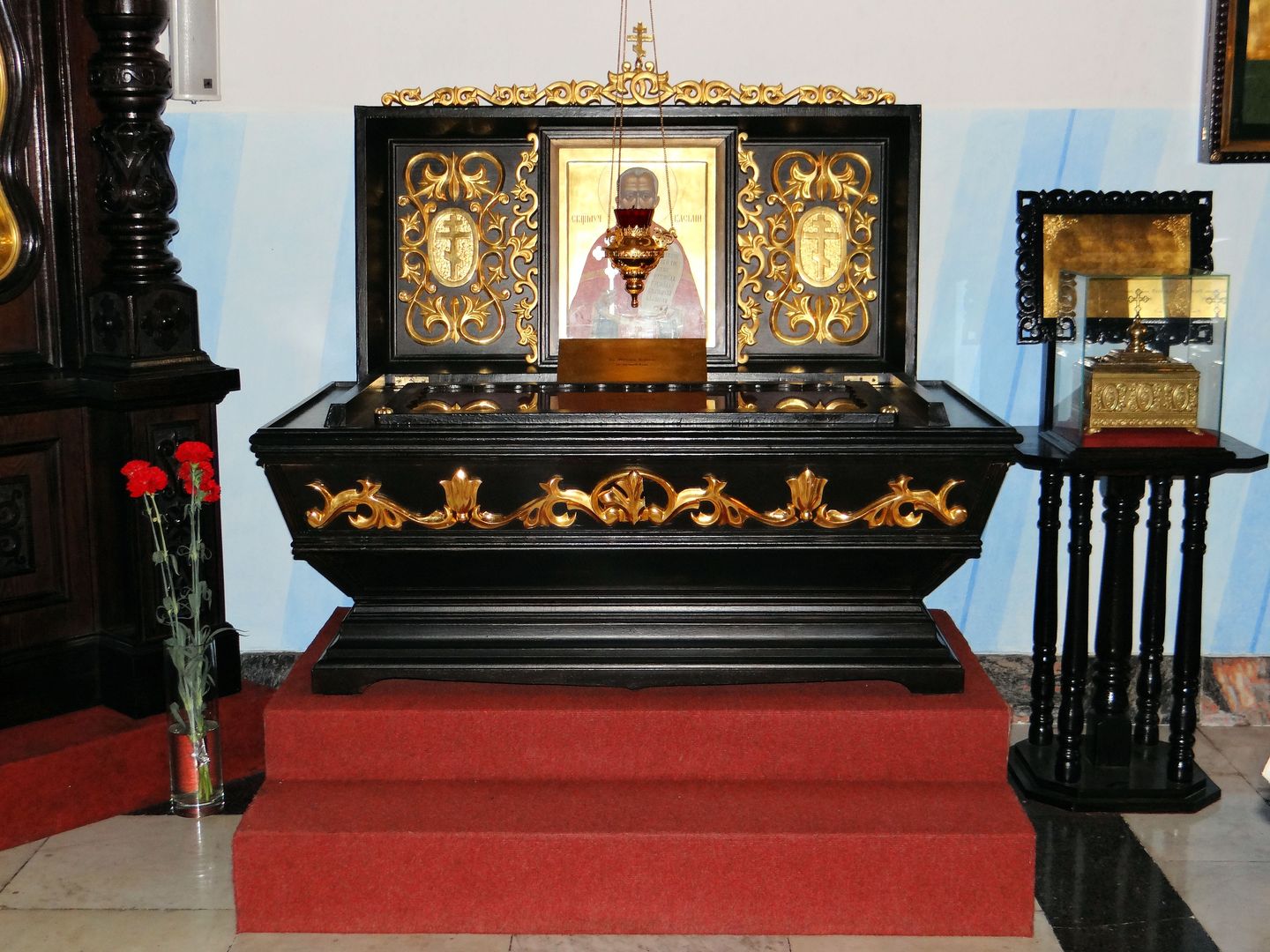Church of St. John Climacus in Warsaw
6.89

Overview
The Church of St. John Climacus in Warsaw is an Orthodox temple, built between 1903 and 1905 on the initiative of Archbishop Hieronim, as a burial place for his son Ivan. After the end of World War I, the church became a parish church, following the closure of many other Orthodox churches in Warsaw. The temple was damaged during World War II, and during the Wola Massacre, the Nazis murdered many clergy and children from the Orthodox orphanage, which profoundly impacted its history. The church was designed by Vladimir Pokrovsky, stylistically inspired by 17th-century religious architecture of the Rostov region. The structure takes the form of a Latin cross, with a characteristic onion dome. The interior is adorned with historic icons and frescoes by renowned artists such as Adam Stalony-Dobrzański and Jerzy Nowosielski. The church has continuously served liturgical functions, except for the years 1915–1919. In 1945, renovation work began and continued over the following decades, with the most significant restoration taking place between 2018 and 2022, during which the original decorations were restored and new paintings were added inside the dome. Interestingly, the church houses relics of St. Basil Martysz and icons of saints that attract both the faithful and tourists. Since 2003, the church has been listed in the register of historical monuments, highlighting its importance in Warsaw's cultural heritage. The history of the church's foundation and subsequent events also reflects the influence of the Orthodox community on the city's life, as well as its tragic history during World War II. The church has been visited by many hierarchs from various autocephalous Orthodox Churches, underscoring its significance within the broader Orthodox world.
Location
Tickets
Powered by GetYourGuide
2025 Wizytor | All Rights Reserved